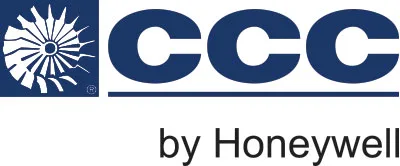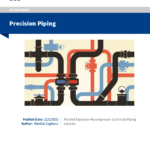

- Industries
- Solutions
- Services
- About CCC
- Media Center
- Contact
Enhance your turbomachinery performance and reliability by leveraging the power of digital and embedded expertise.
WATCH NOWPrecision Piping
Turboexpanders are key pieces of process equipment for the recovery of high-value condensates from natural gasses in modern NGL plants. This article discusses the association of turboexpanders with recompressors in parallel turbomachinery trains with their piping configuration and control challenges, especially as the tendency is that two or more such parallel trains are now becoming the standard design approach for large NGL plants.
 Fill out the form to download the FREE white paper “A Total Integrated Approach”.
Fill out the form to download the FREE white paper “A Total Integrated Approach”.
Download your FREE copy today!
Contents Preview
Turboexpanders are key pieces of process equipment for the recovery of high-value condensates from natural gasses in modern NGL plants. This article discusses the association of turboexpanders with recompressors in parallel turbomachinery trains with their piping configuration and control challenges, especially as the tendency is that two or more such parallel trains are now becoming the standard design approach for large NGL plants.
Before the use of cryogenic turboexpanders to produce the required cooling of natural gasses in order to liquefy and then extract the high-value hydrocarbons, it was common to utilize the temperature drop produced by expanding natural gas pressure through a Joule-Thompson (JT) valve.
A conventional control valve may produce a pocket of very low internal pressures, which can raise gas internal velocity to unacceptable levels. In addition, this pocket of low internal gas pressure may produce a profile where the internal temperature values may rise beyond the lowest point, thus partially defeating the maximum temperature drop the valve is required to generate.
A purpose-designed J-T valve has a much smoother internal pressure (and therefore temperature) profile, usually achieved by employing a multi-stage trim. A purpose-designed JT valve is thus less likely to generate excessive noise and is usually more efficient in terms of producing a temperature drop than a conventional control valve.